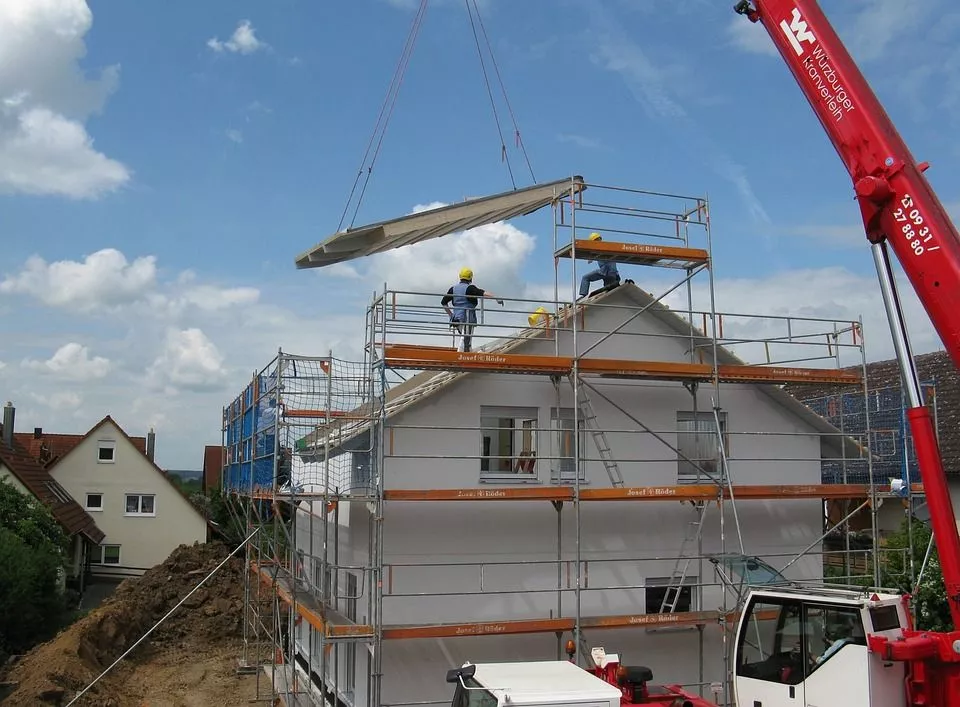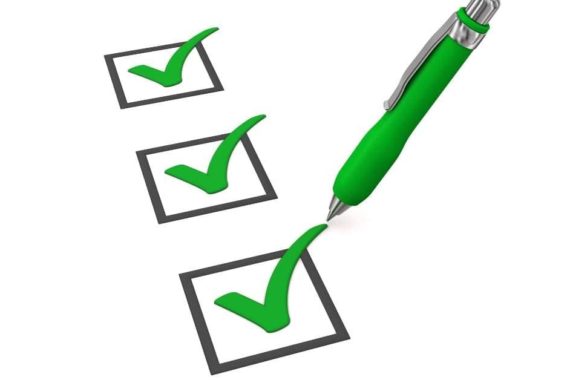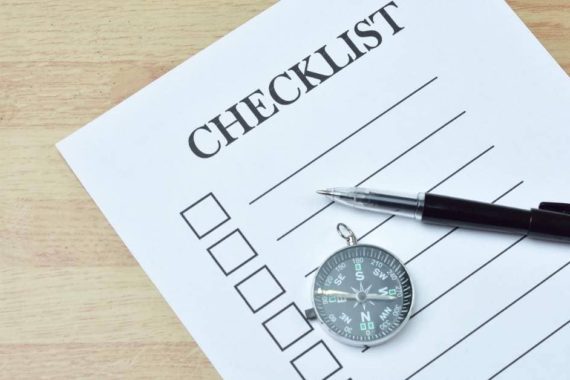
Introduction
If you’re like most project managers, you know how important it is to keep track of your mobilization Checklist Whether you’re working on a construction site or a software development project, having an accurate picture of where your project stands can help you make the right decisions at the right times. In this post, I’ll share my list of the most essential project management checklists that every PM should have in their toolkit. These include a stage-by-stage checklist for what it takes to get started with a new project and detailed checklists for each stage of its life cycle—from planning through execution and delivery.
What is a project mobilization checklist?
The mobilization checklist is a list of things to do or things to remember before starting a project. It is also called a pre-construction checklist. The goal of this document is to ensure that all required steps have been completed before starting the project.
Although there are many types of checklists, they all follow some basic principles:
- Checklists are used in many industries and by professionals around the world. They are considered important because they ensure that all necessary tasks have been completed before commencing work on an asset or task at hand (i.e., during an event).
- A standard set of procedures should be established for each type of activity being performed; these become part of a standard operating procedure (SOP).
Project Stages Checklist
As a project manager, you know that the most important thing to focus on is getting your team mobilized and ready for work. However, there are numerous aspects of this process that can be easily overlooked if you don’t have a comprehensive checklist in place.
This section provides a full rundown of all the items you’ll need to consider when setting up an effective mobilization agenda. We’ve broken it down into four main categories: site preparations and management, health and safety planning, decision-making procedures, and an overview of each stage within the project lifecycle (e.g., site preparation).
Site Preparation Checklist
Site preparation is the first stage of any project. It covers all the elements that have to be in place before construction can begin, from basic security to monitoring construction progress.
The site management section covers everything from basic security to monitoring construction progress. This checklist includes everything you will need to plan and monitor your project.
Site Management Checklist
- Site management checklist
Site management is the process of managing a project site. It involves planning, organizing, and controlling activities to ensure that they are carried out in accordance with the project objectives while maintaining quality standards and complying with legal requirements. It includes coordinating activities between various parties involved in order to reduce conflicts and increase efficiency as well as ensure compliance with safety regulations.
- Health and Safety Planning Checklist
Health and safety plans should be prepared by all contractors working on site before any work starts on site. While this may seem like common sense, many companies don’t include these important documents in their pre-contract planning stage or simply neglect them altogether! The health and safety plan must include:
- A risk assessment identifying potential hazards within your project environment;
- Prevention measures identified by way of risk control measures;
- A training program for employees who will carry out these tasks;
Health & Safety Planning Checklist
- A health and safety plan is a detailed document that ensures the health, well-being, and safety of your workforce. It should include:
- An assessment of hazards in the workplace including those posed by equipment or machinery, materials used in construction, poor lighting, slippery floors, etc.
- A risk assessment detailing the potential impacts of each hazard on workers if they do not take precautionary measures to avoid injuries or illness. The risk assessment should also consider ways of preventing these accidents from occurring. For example, you may want to put up signs warning people about possible dangers such as tripping over cables on their way out after work hours.
- You could also provide employees with hard hats so they can protect themselves against falling objects in case something falls off a shelf at a work site where you have already made arrangements for proper storage but failed due to negligence on part of managers who leave things lying around instead of putting them away properly after use as required by law under Occupational Health & Safety
- Act 1988 states that employers must provide a safe working environment for employees which means keeping all materials locked away securely if not used then removing them from the work site altogether so there won’t be any accidents happening due to negligence by someone else’s actions (for example dropping something/Mobilization Checklist heavy onto someone’s head without realizing one has been standing behind).
Planning & Decision-Making Procedures Checklist
- Plan/decision-making procedures
- Project management procedures
- Project management checklist, including:
- Checklist for successful project mobilization that includes all the steps to take if you have a struggling project and want to recover it. This checklist is not exhaustive but covers the most important steps that you can’t miss out on when trying to rescue your project.
Follow this project management checklist to ensure your project goes smoothly.
To ensure your project goes smoothly, you need to:
- Follow this project management check list.
- Understand the project stages check list.
- Plan site preparation properly in order to avoid delays and cost overruns.
- Implement proper site management techniques to keep costs low while ensuring quality of workmanship is high.
- Ensure health and safety planning is taken into account right from the start of a project in order to avoid accidents or injuries later on in the process.
- Use decision making procedures that help you make informed choices when faced with challenges during any stage of a construction process
Conclusion
Now that you know how to create an effective project mobilization checklist, it’s time to get started. You can start by downloading our template, or use one of your own. Once you have the right tools in place, it will be much easier for you to manage projects effectively and keep track of every detail!





